American Cartoon
- caricature /
- American Cartoon
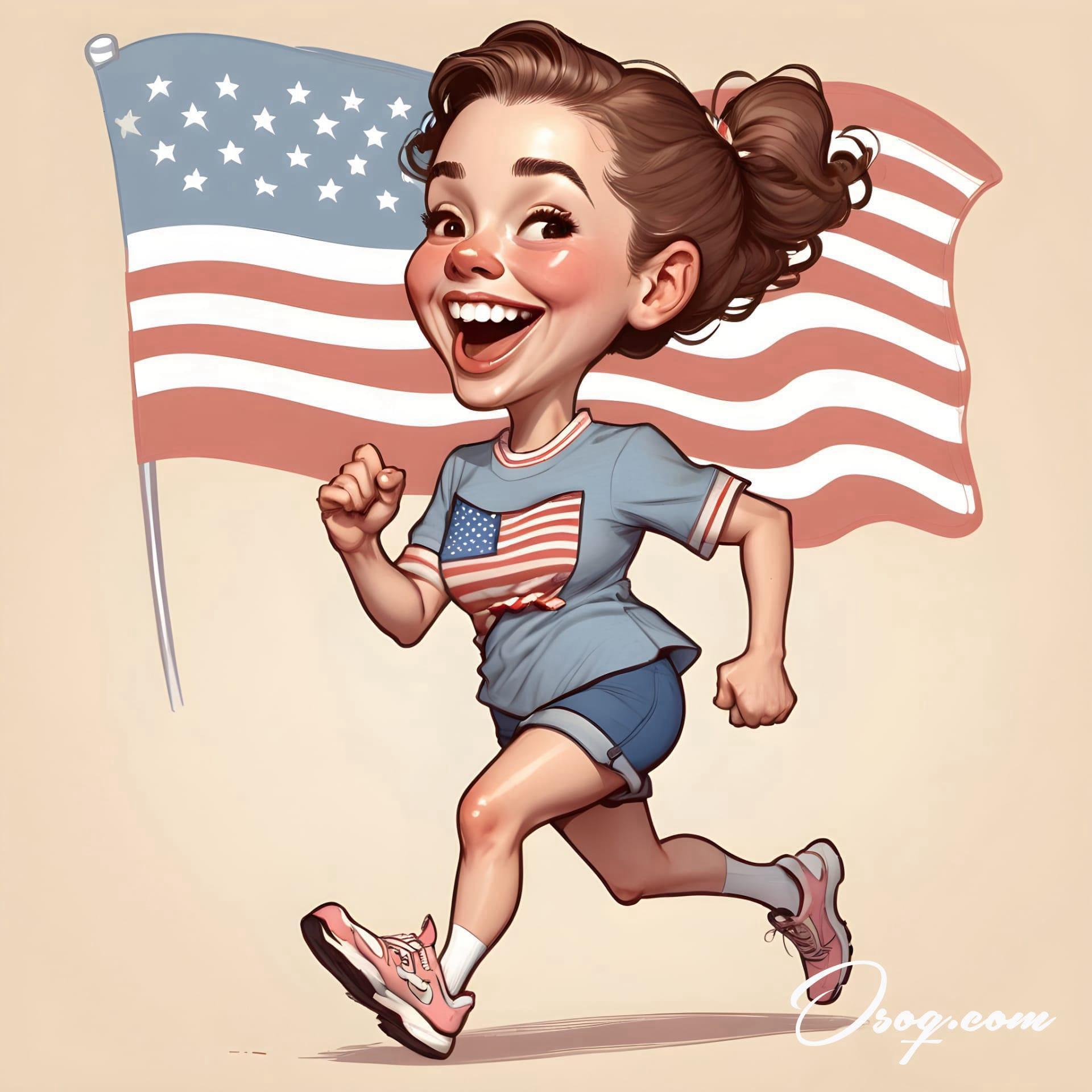
Did you know that the first American cartoon is often considered to be "The Adventures of Mr. Obadiah Oldbuck," which was originally published in Europe in 1837 but made its way to the US in 1842? This makes it the oldest known comic book in America, kicking off a rich history of storytelling through images.
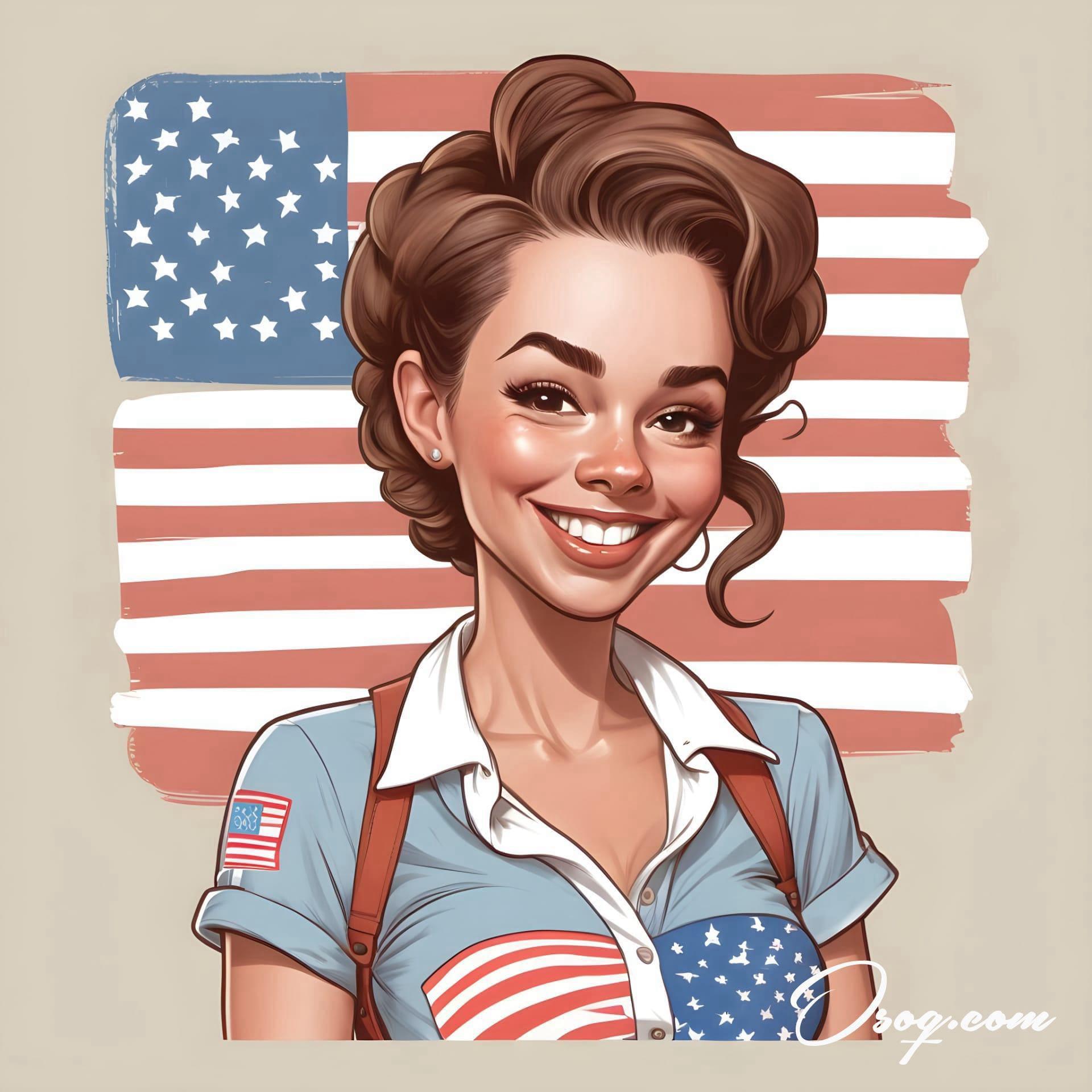
American cartoons have a unique tradition of blending humor with social and political commentary. This began in earnest in the early 20th century, with cartoonists like Thomas Nast using their art to influence public opinion and tackle issues like corruption.
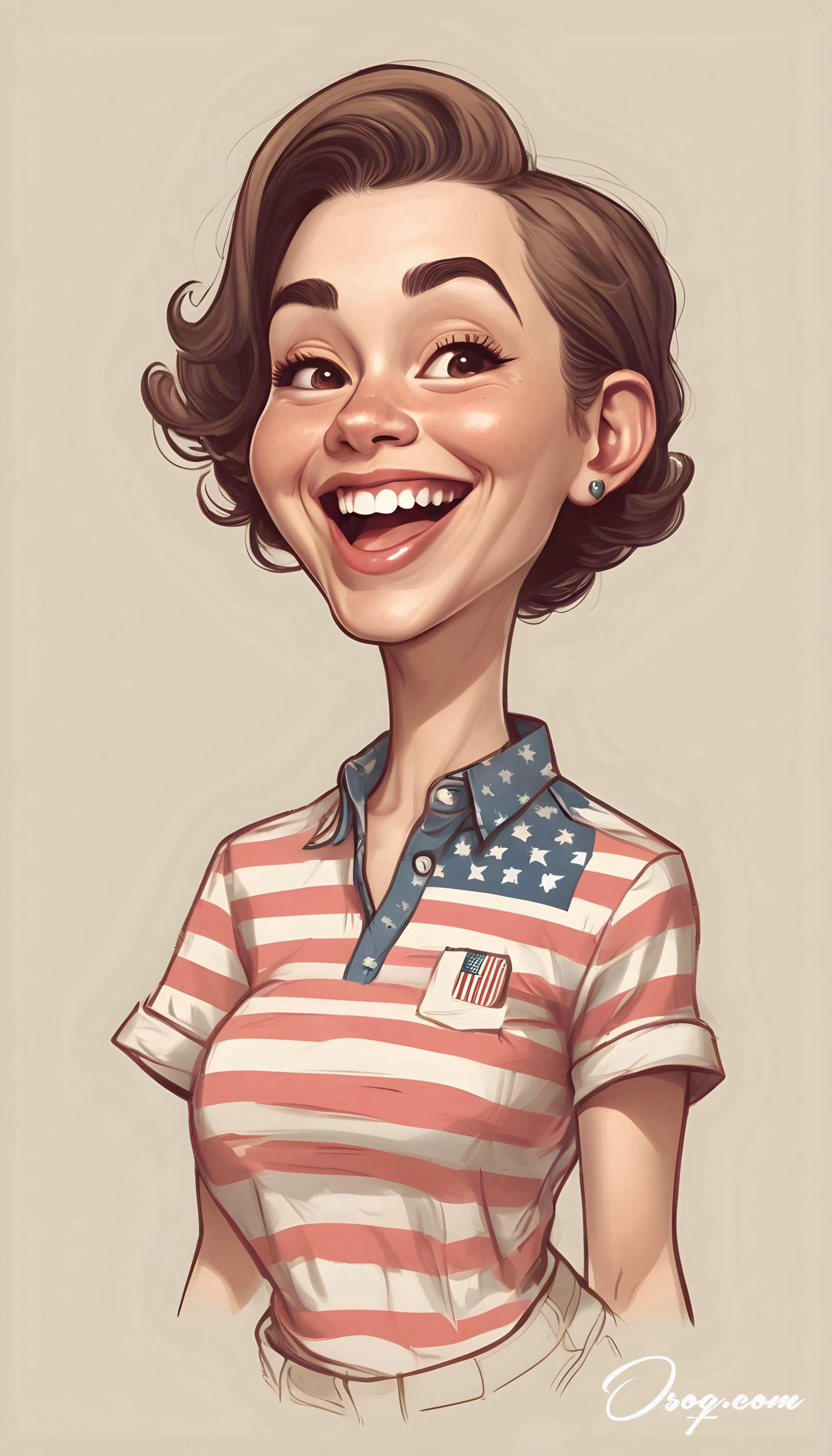
The golden age of American cartoons spanned the 1930s to the 1950s, a period that introduced iconic characters like Superman, Batman, and Wonder Woman. These characters weren't just heroes; they reflected American society's ideals and struggles during those turbulent times.
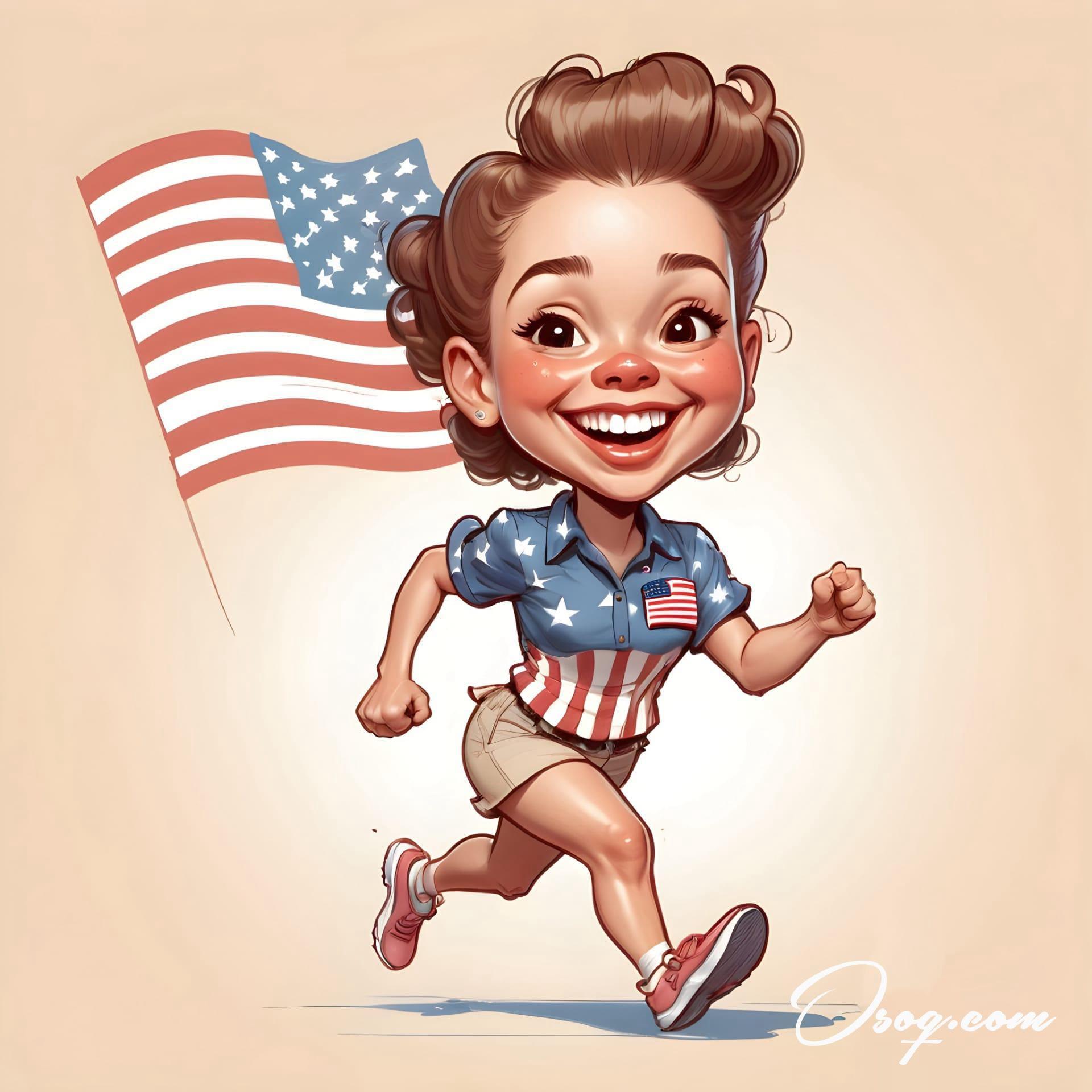
One interesting aspect of American cartoon creation is the concept of the "animation cel." This technique, vital in the animation process, involves hand-drawing characters on clear plastic sheets. These cels are then photographed over static backgrounds to create a sequence of images.
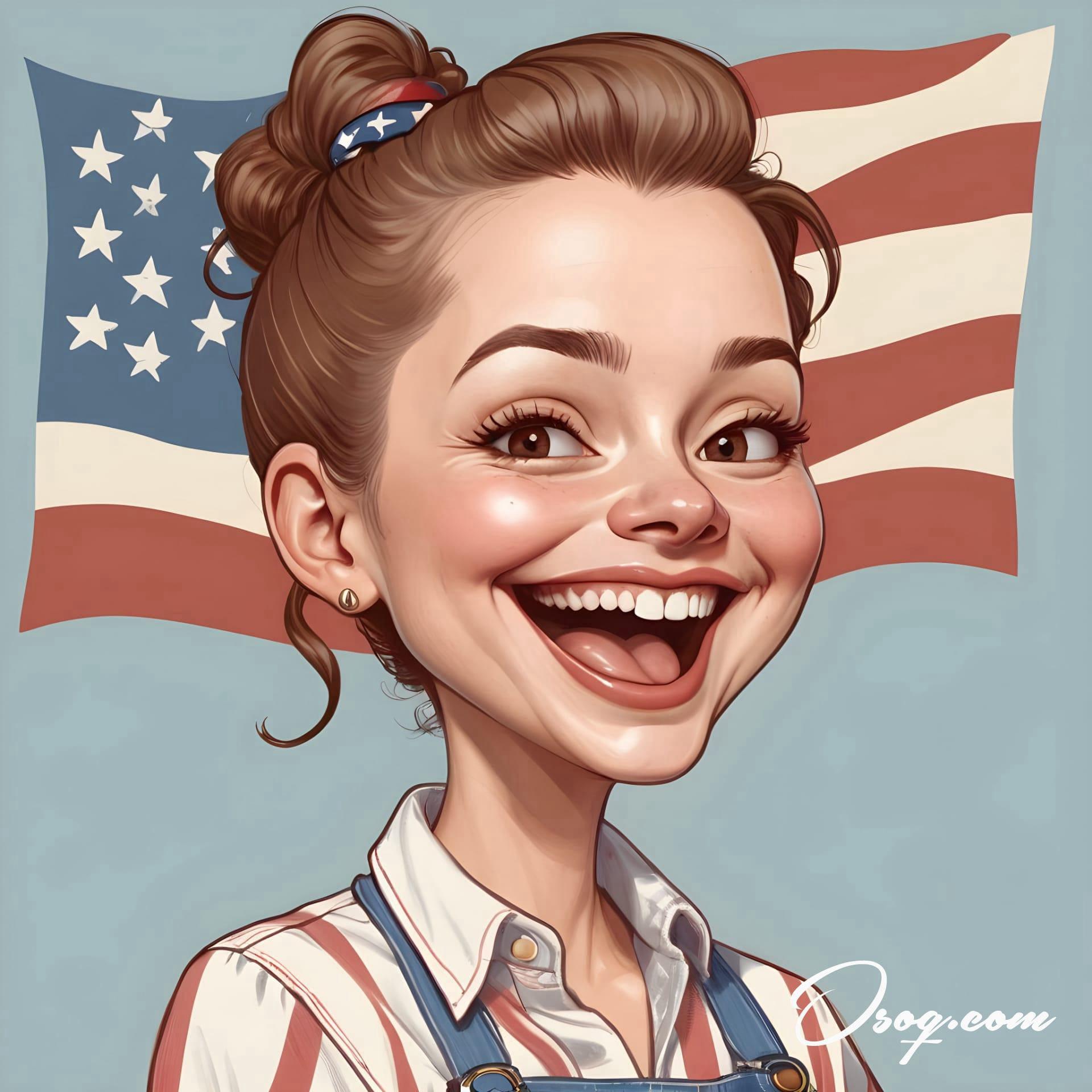
Did you know that Walt Disney's "Snow White and the Seven Dwarfs" was the first full-length animated feature film in the US? Released in 1937, it was a groundbreaking moment for American cartoons, showing the world the potential of animated storytelling.
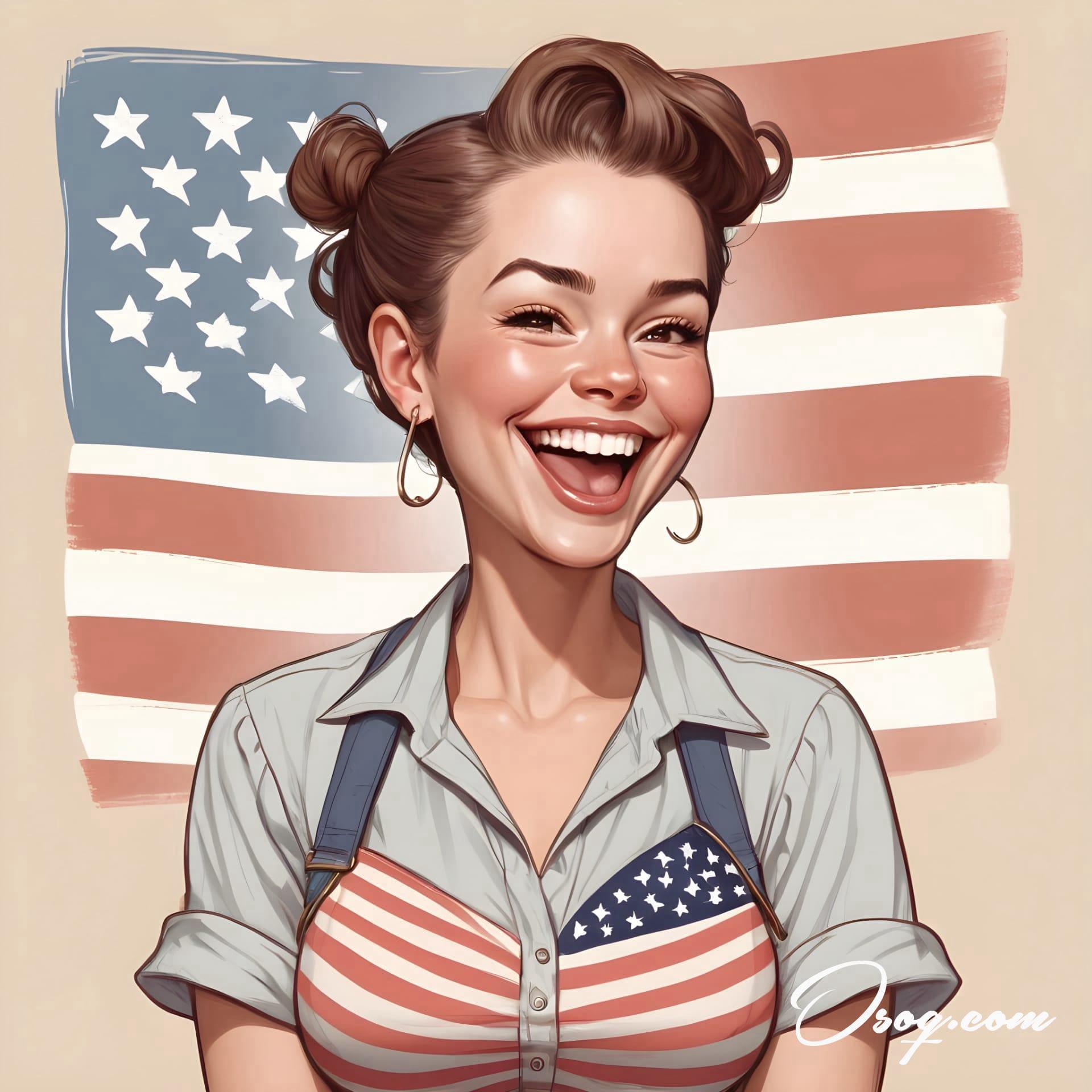
The influence of American cartoons extends beyond entertainment; during World War II, characters like Superman and Captain America were used in propaganda efforts to boost morale and support the war effort.
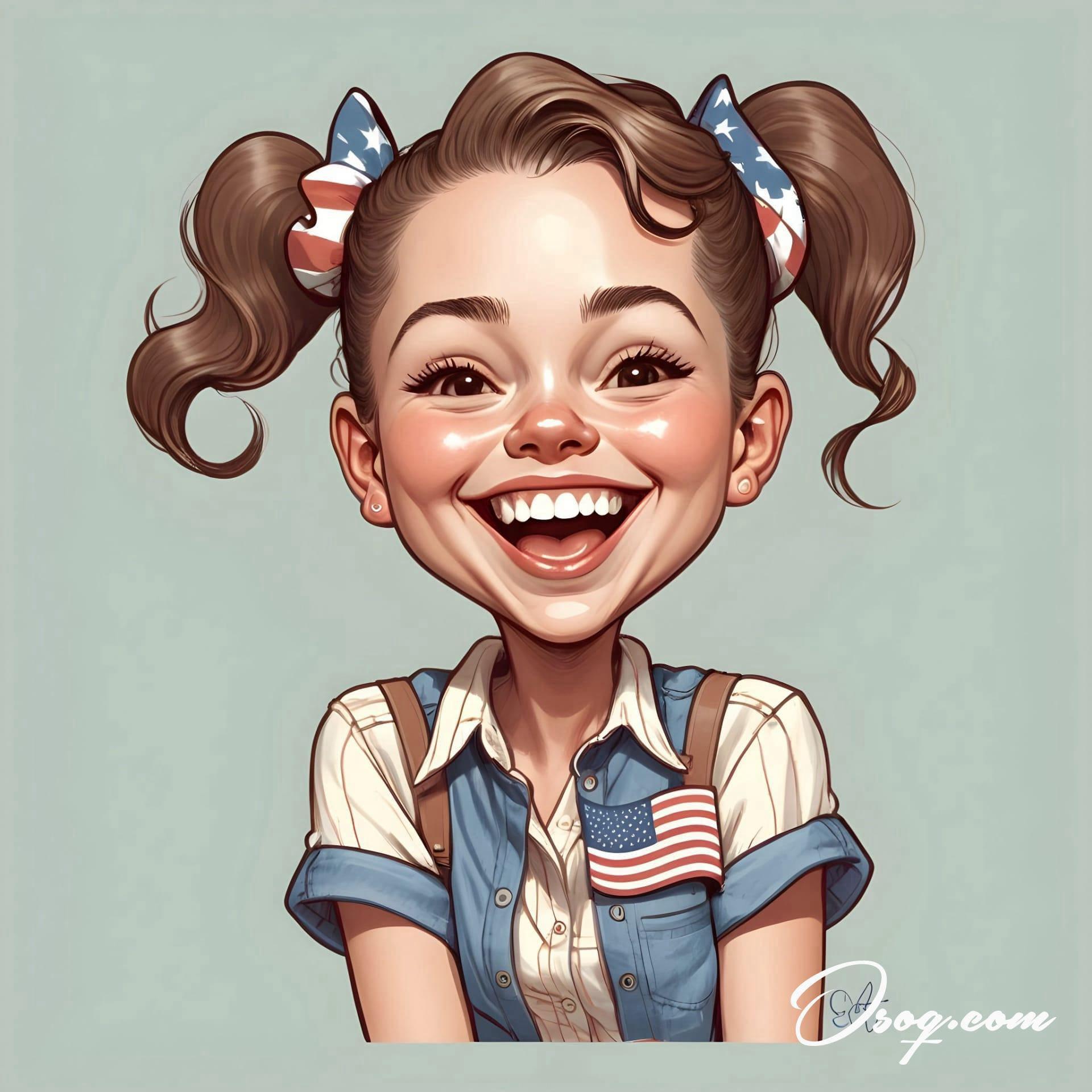
The late 1980s and 1990s marked a renaissance for American cartoons, with shows like "The Simpsons" and "South Park" pushing the boundaries of animated content, addressing adult themes and societal issues in ways that were unheard of before.
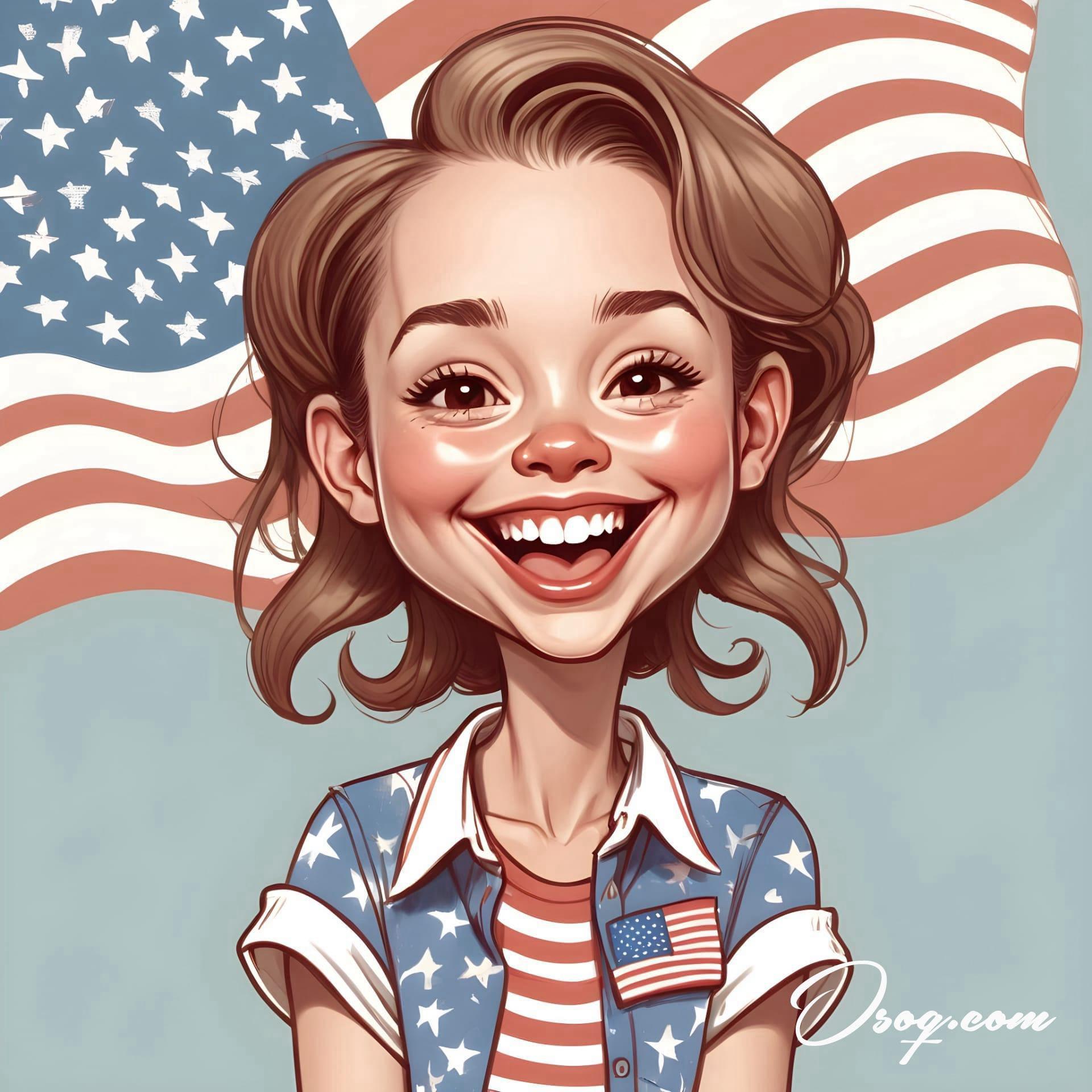
Voice acting in American cartoons is an art form in itself, with talented actors like Mel Blanc, known as "The Man of a Thousand Voices," bringing characters like Bugs Bunny and Daffy Duck to life.
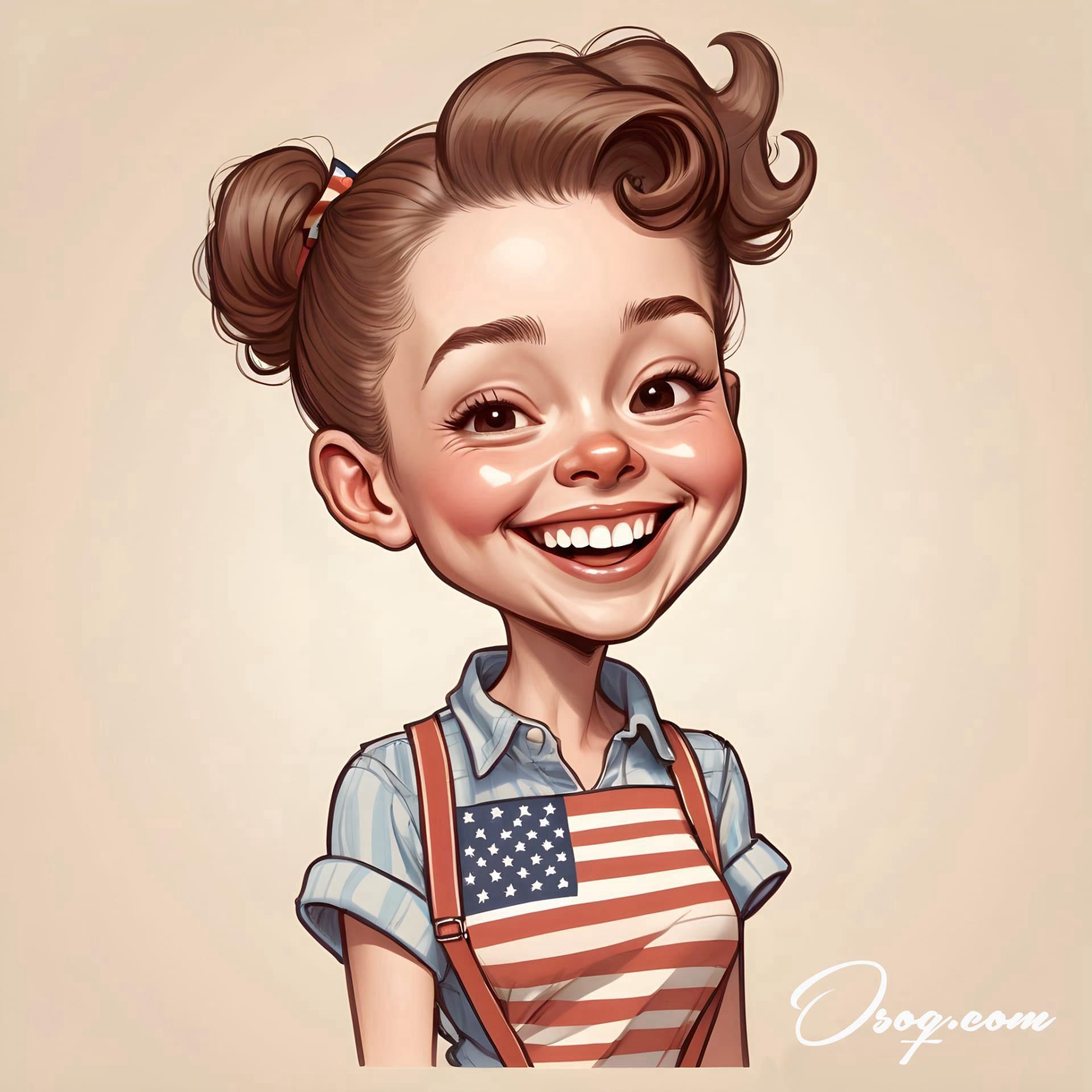
In the realm of comic strips, Charles Schulz's "Peanuts" is one of the most beloved American cartoons. Since its debut in 1950, it has offered insight into human nature through the experiences of Charlie Brown, Snoopy, and their friends.
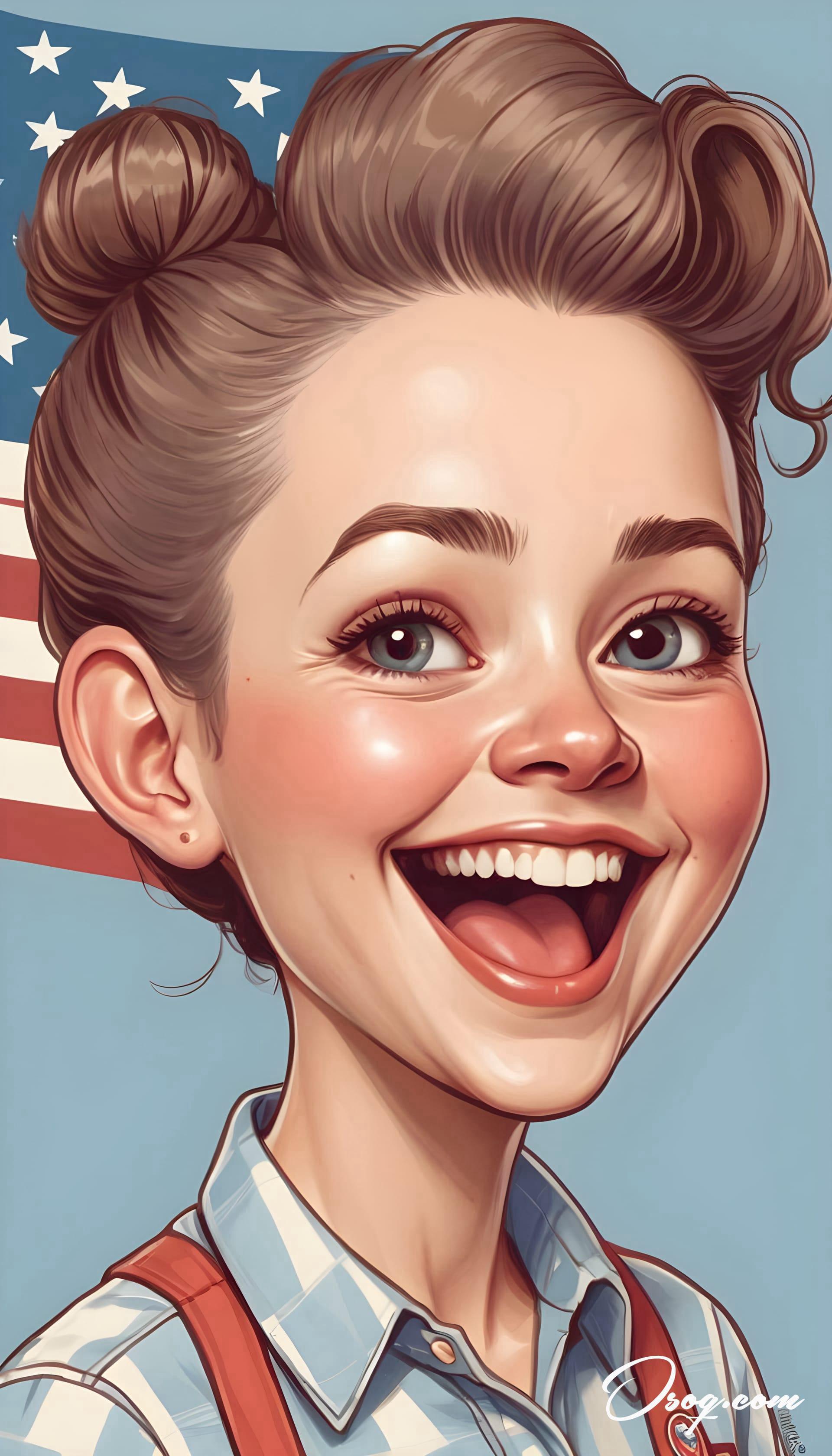
Animation techniques have evolved significantly, from traditional hand-drawn cels to digital animation. Shows like "Adventure Time" and "Steven Universe" utilize these modern methods, bringing vibrant worlds and stories to the screen with greater efficiency and creativity.
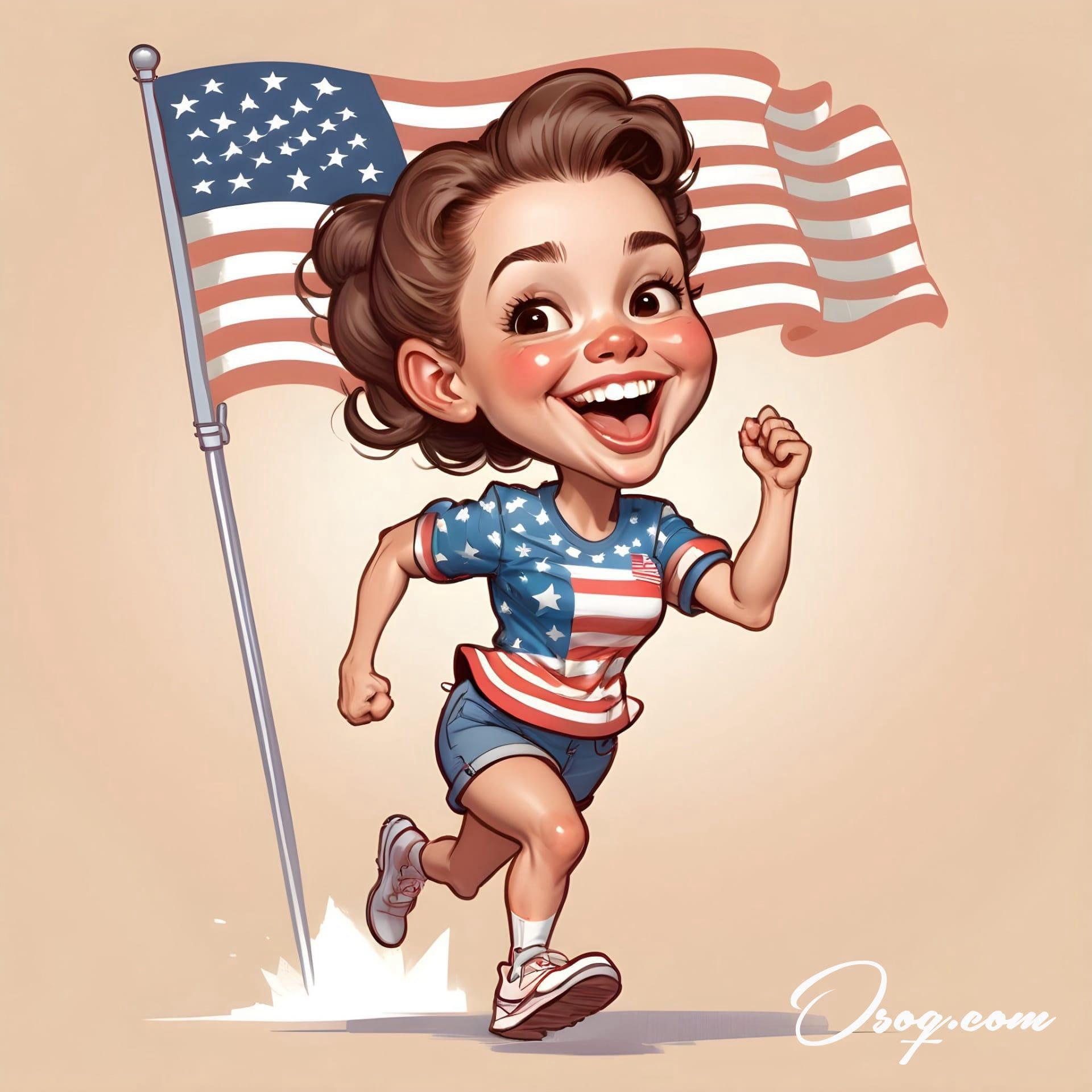
Merchandising has played a huge role in the popularity of American cartoons. Characters like Mickey Mouse and SpongeBob SquarePants have become cultural icons, adorning everything from T-shirts to lunchboxes.
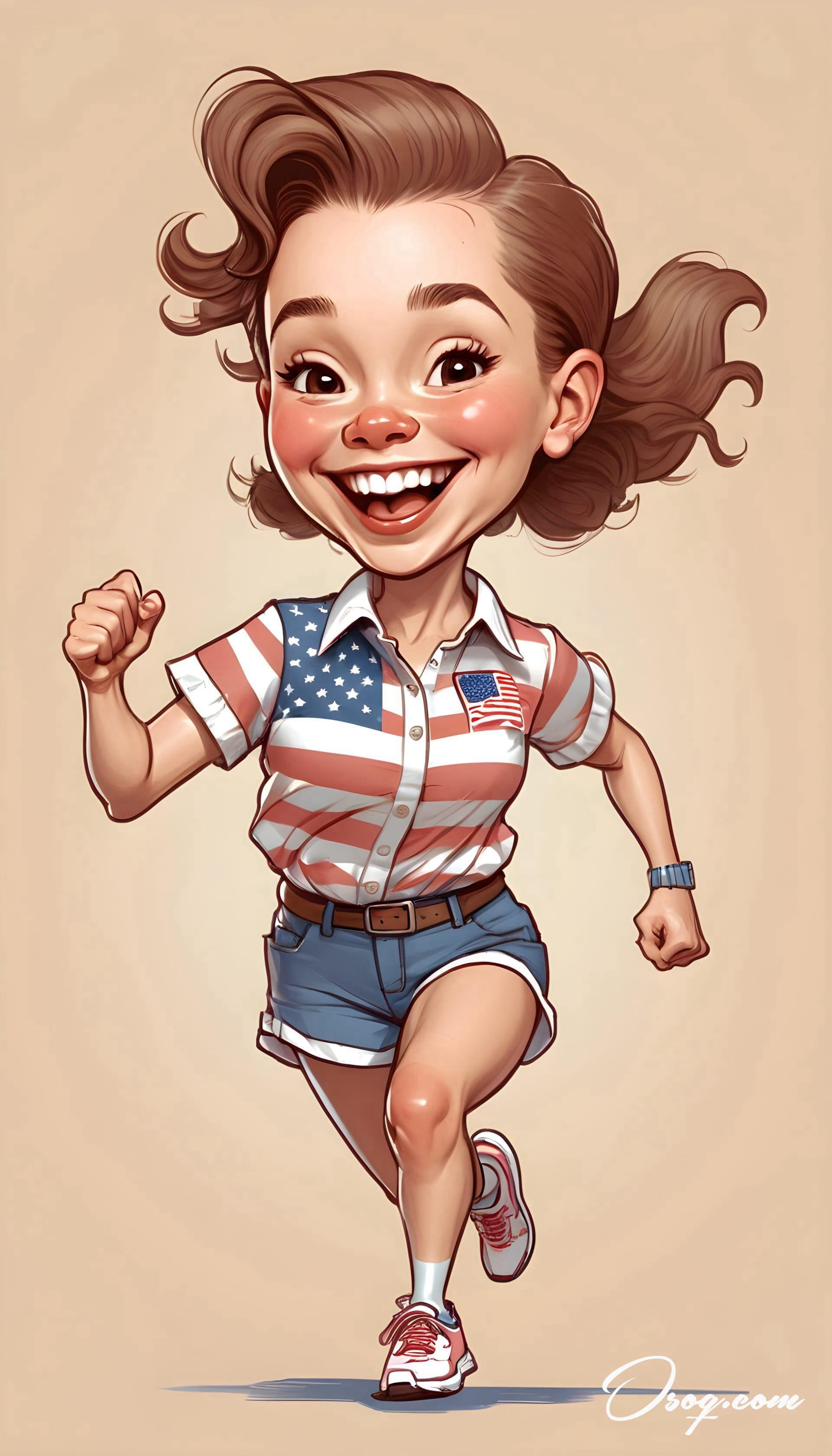
Crossover episodes are a fun aspect of American cartoons, where characters from different shows meet and interact. These episodes are a treat for fans, offering unique storylines that blend the worlds of their favorite characters.

The influence of Japanese anime on American cartoons has grown over the years, leading to a fusion of styles seen in shows like "Avatar: The Last Airbender," which combines American storytelling techniques with anime-inspired visuals.
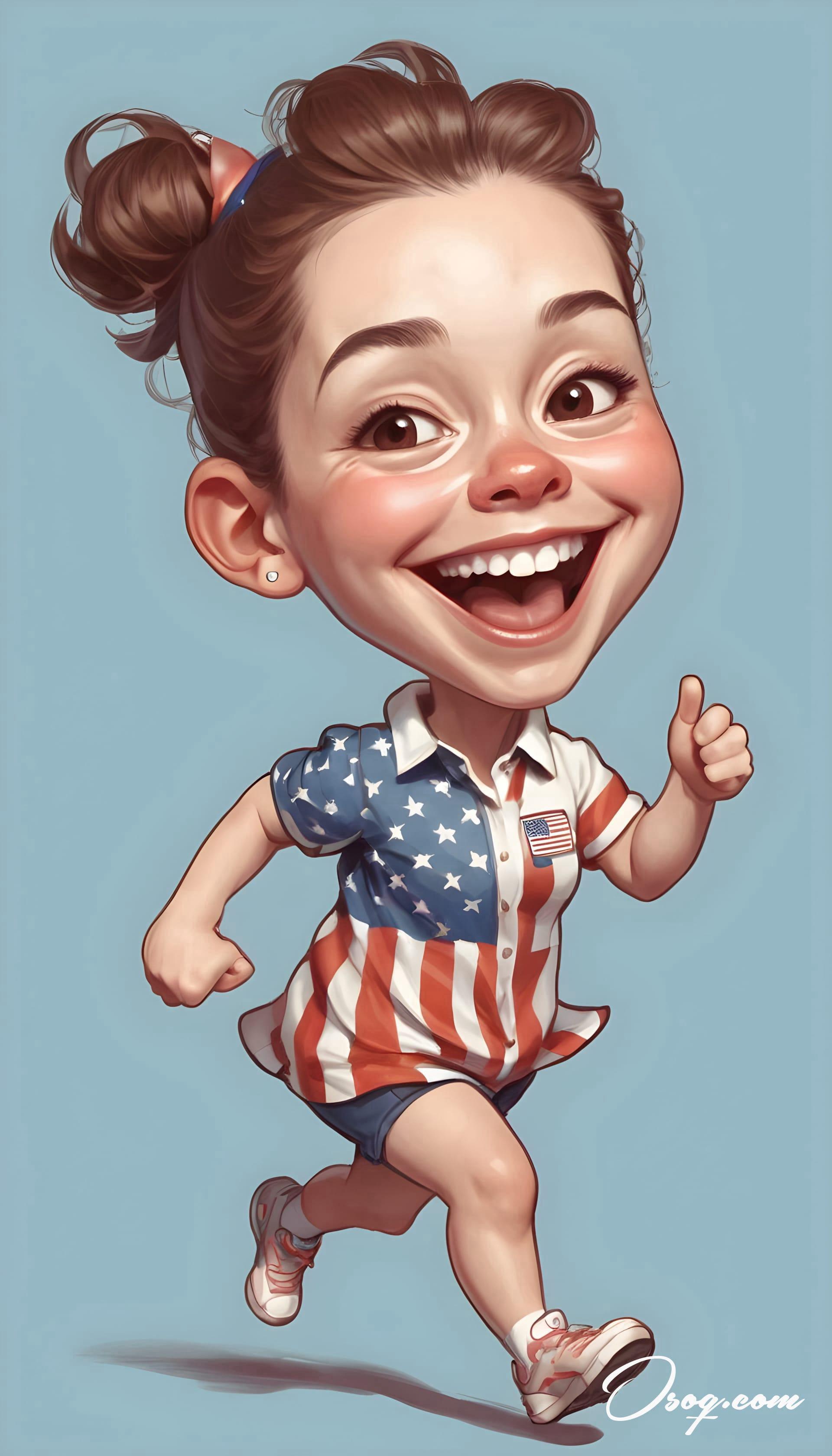
Environmental themes have become increasingly common in American cartoons, with shows like "Captain Planet and the Planeteers" focusing on issues like pollution and conservation, educating young viewers about the importance of environmental stewardship.
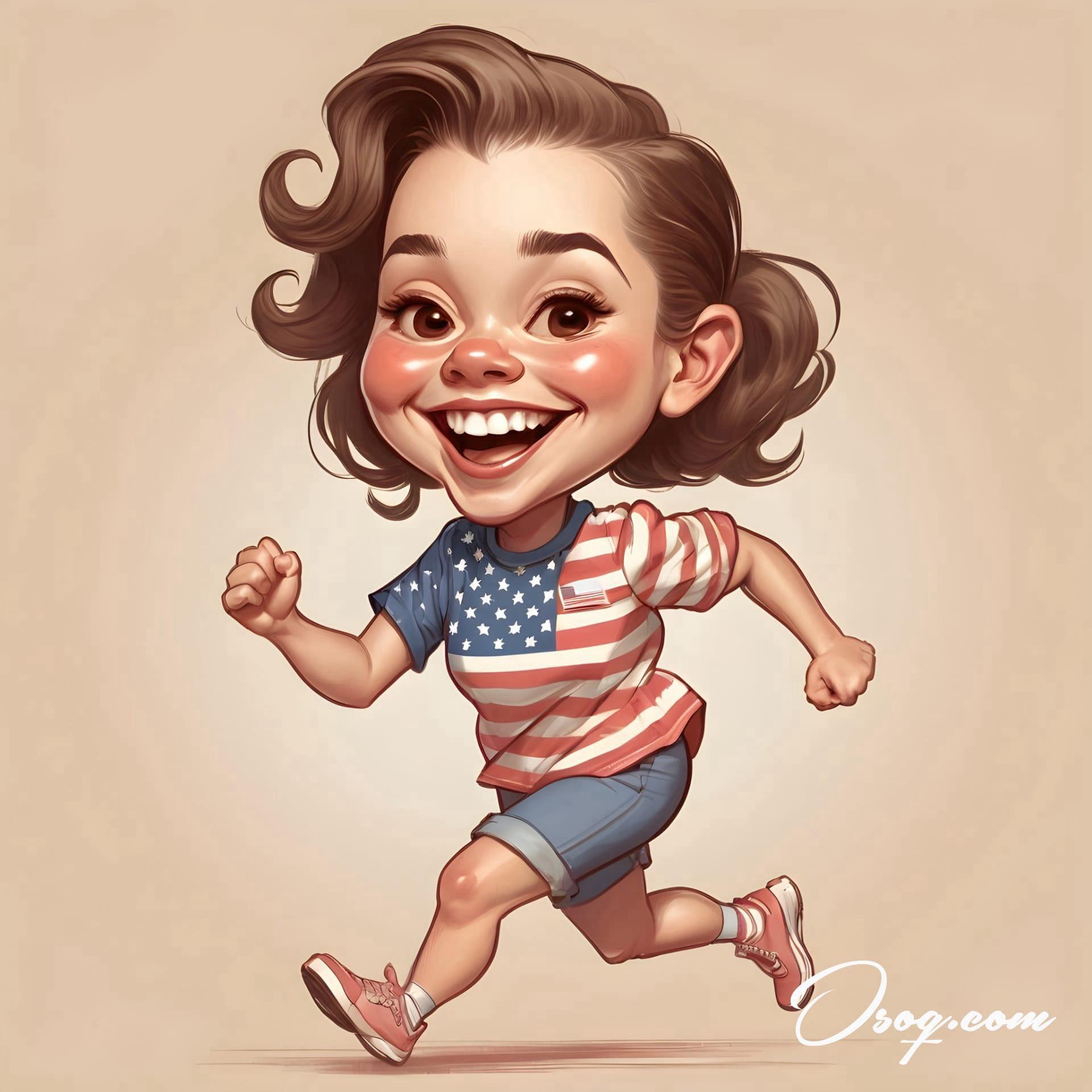
The internet has revolutionized how American cartoons are consumed, with streaming services allowing instant access to a vast library of content and enabling the rise of web-based animations and independent creators.
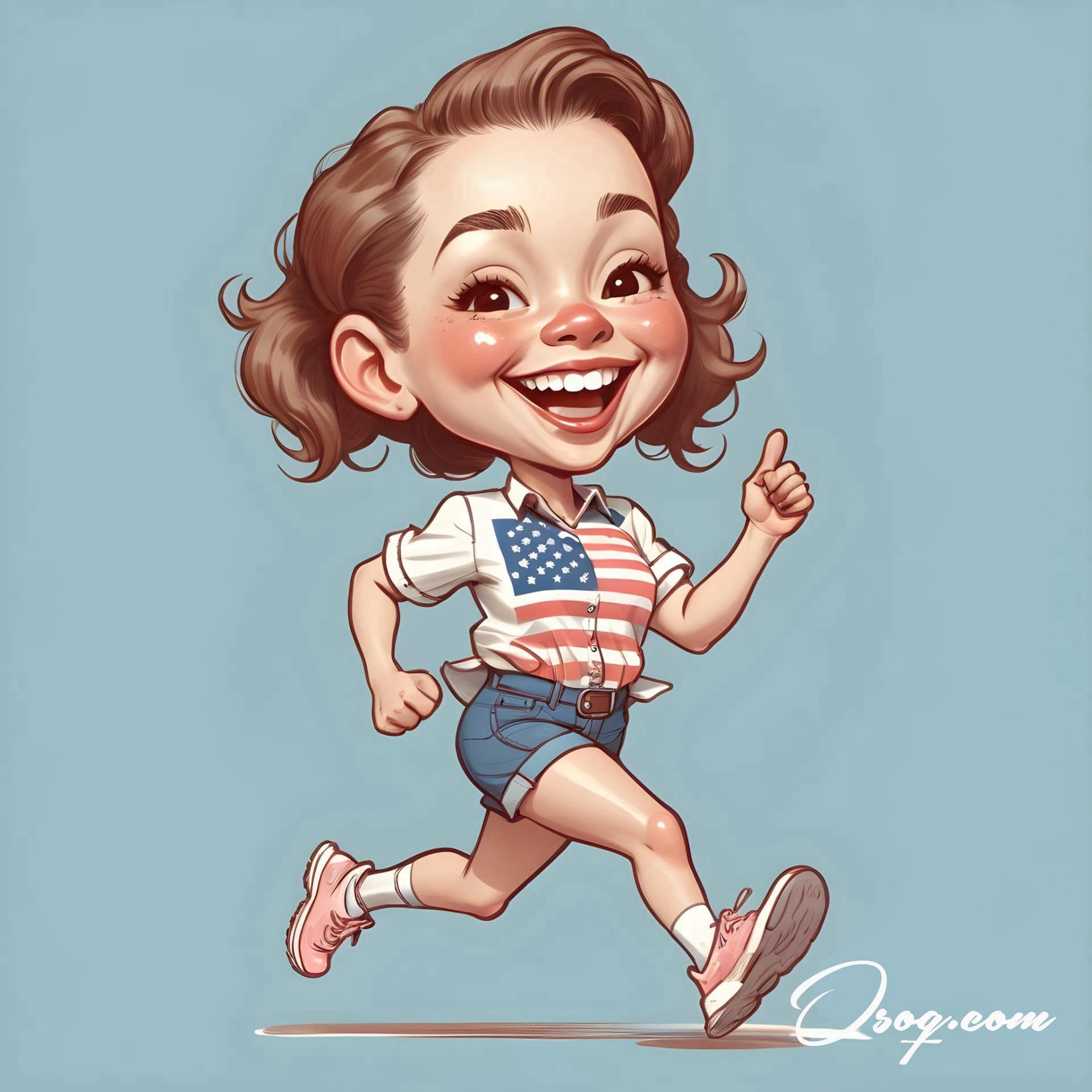
Fan culture around American cartoons is vibrant and interactive, with conventions, fan art, and fan fiction allowing enthusiasts to express their love and expand the universes of their favorite shows.
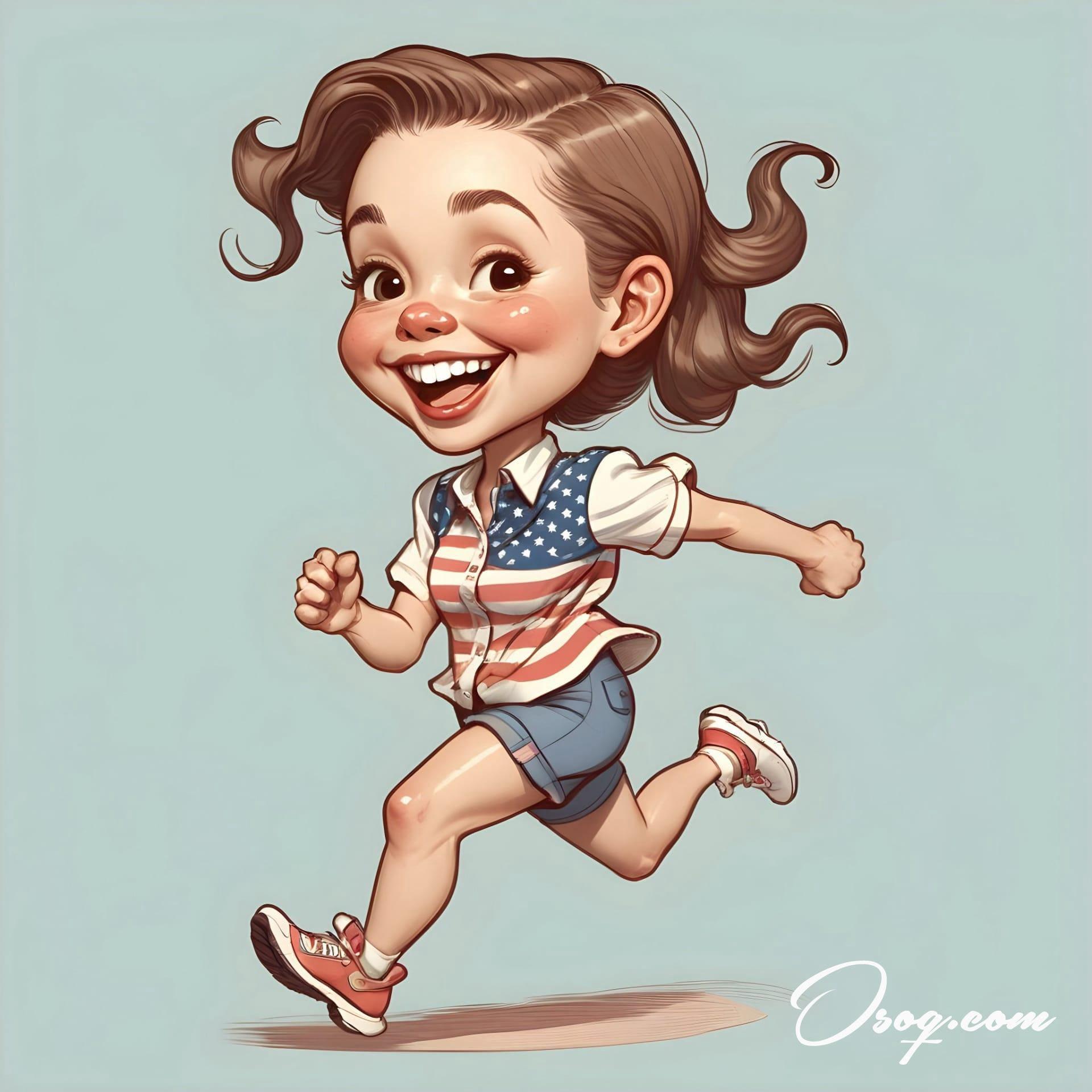
Music plays a crucial role in American cartoons, with theme songs and soundtracks contributing to the mood and memorability of a show. Some themes, like those from "The Flintstones" or "The Fresh Prince of Bel-Air," have become iconic in their own right.
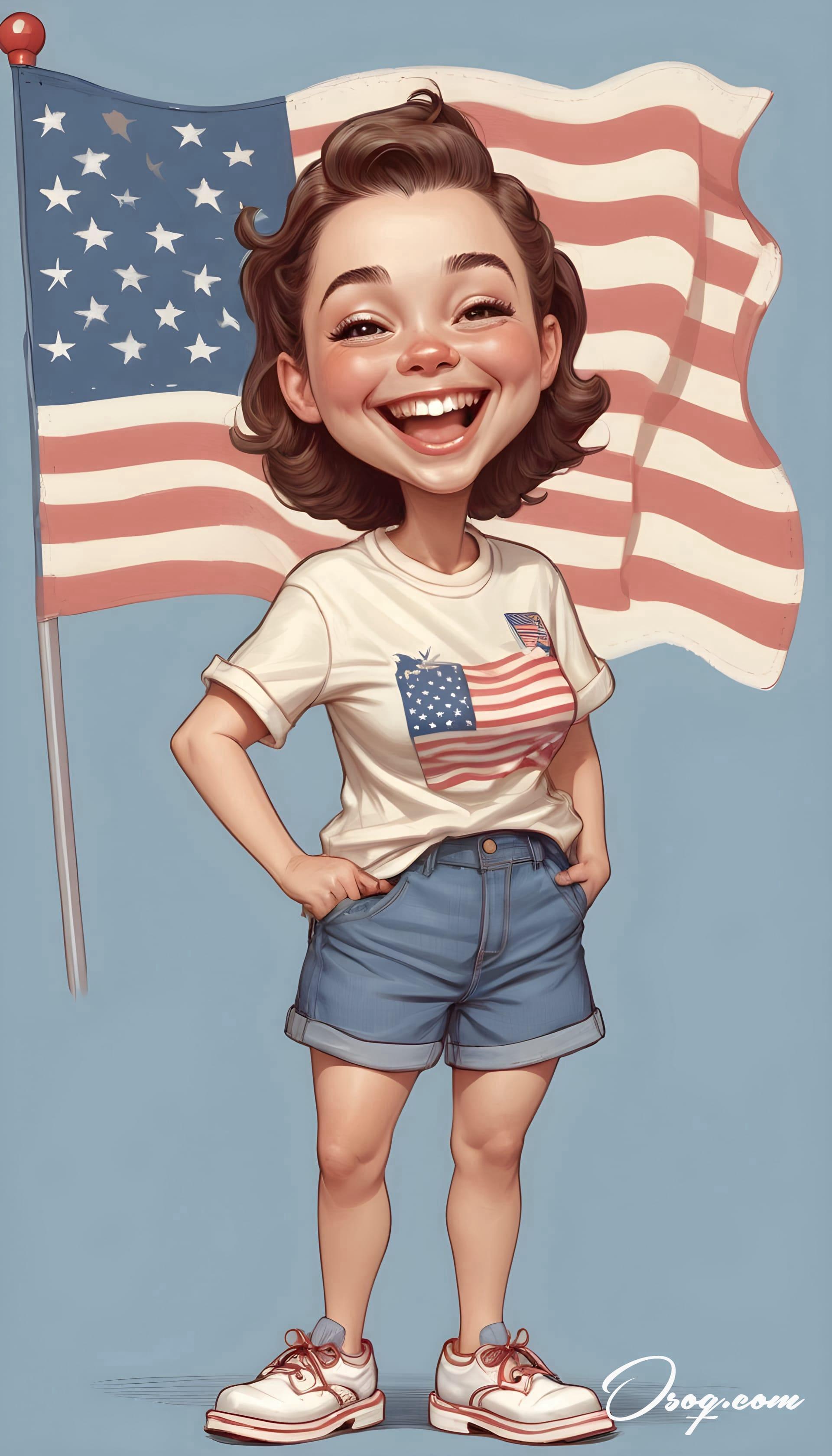
Parody and satire are key elements of many American cartoons, with shows like "Family Guy" and "The Boondocks" using humor to critique and reflect upon societal norms and issues.
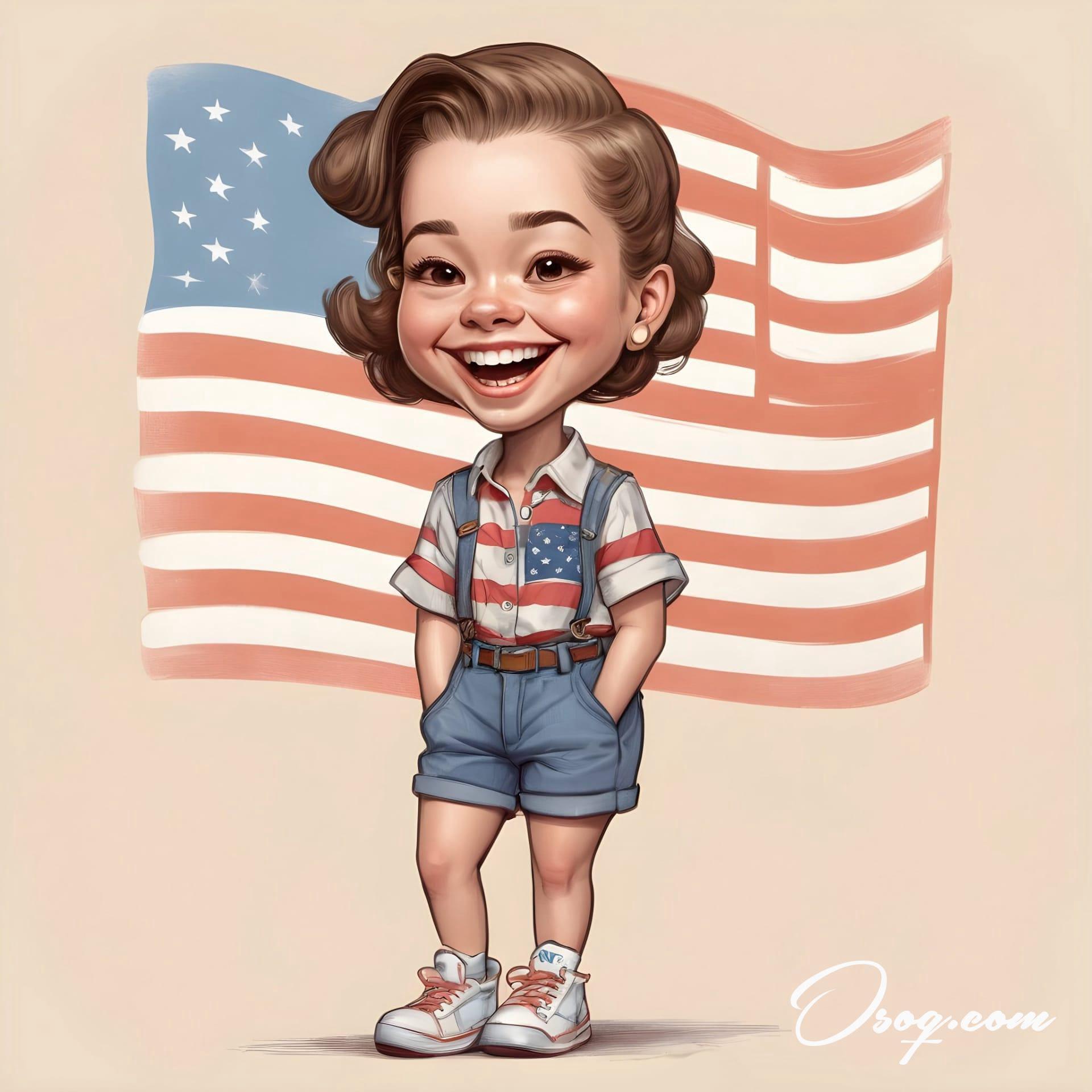
Educational cartoons have made significant contributions to children's learning, with programs like "Sesame Street" and "Schoolhouse Rock" using animation to teach everything from the alphabet to American history.
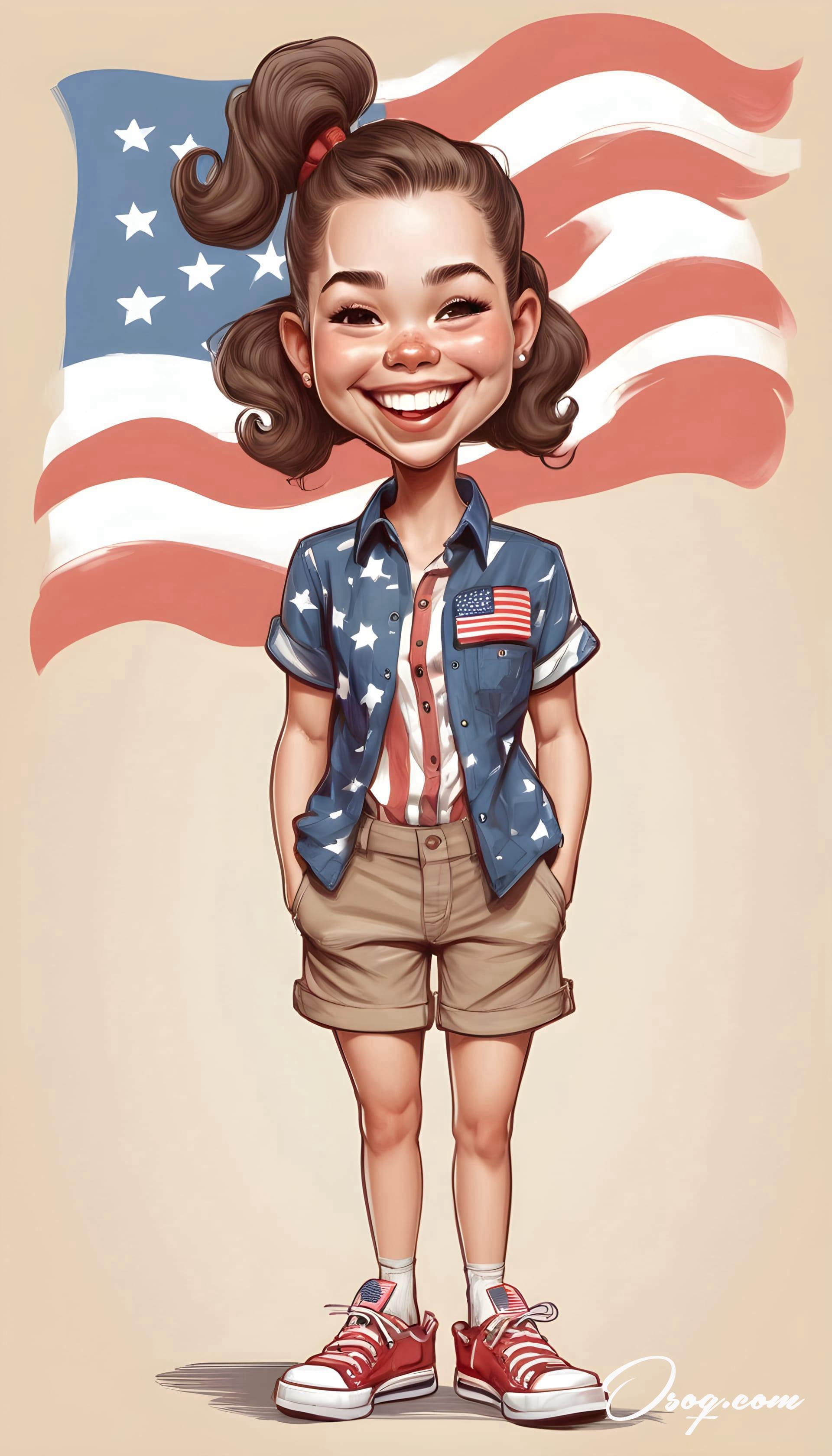
Technology has also enabled more diverse storytelling in American cartoons, with creators using platforms like YouTube and social media to share stories that may not fit traditional broadcast criteria, enriching the cultural landscape and offering new perspectives.